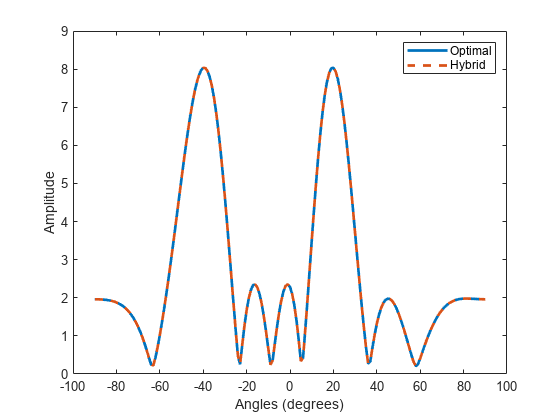ompdecomp
Decompose signal using orthogonal matching pursuit
Syntax
Description
[
computes the decomposition matrices coeff,dictatom,atomidx,errnorm] = ompdecomp(X,dict)coeff and
dictatom of the signal X. The product of the
decomposition matrices, dictatom x coeff,
approximates X. The atoms in dictatom are selected
from dict. atomidx are the indices in
dict corresponding to dictatom.
errnorm is the decomposition error. The decomposition is based on an
orthogonal matching pursuit (OMP) algorithm that minimizes the
Frobenius norm ||X – dictatom x
coeff||.
Examples
Input Arguments
Output Arguments
More About
References
[1] Ayach, Omar El et al. "Spatially Sparse Precoding in Millimeter Wave MIMO Systems" IEEE Trans on Wireless Communications. Vol. 13, No. 3, March 2014.
Extended Capabilities
Version History
Introduced in R2019b
